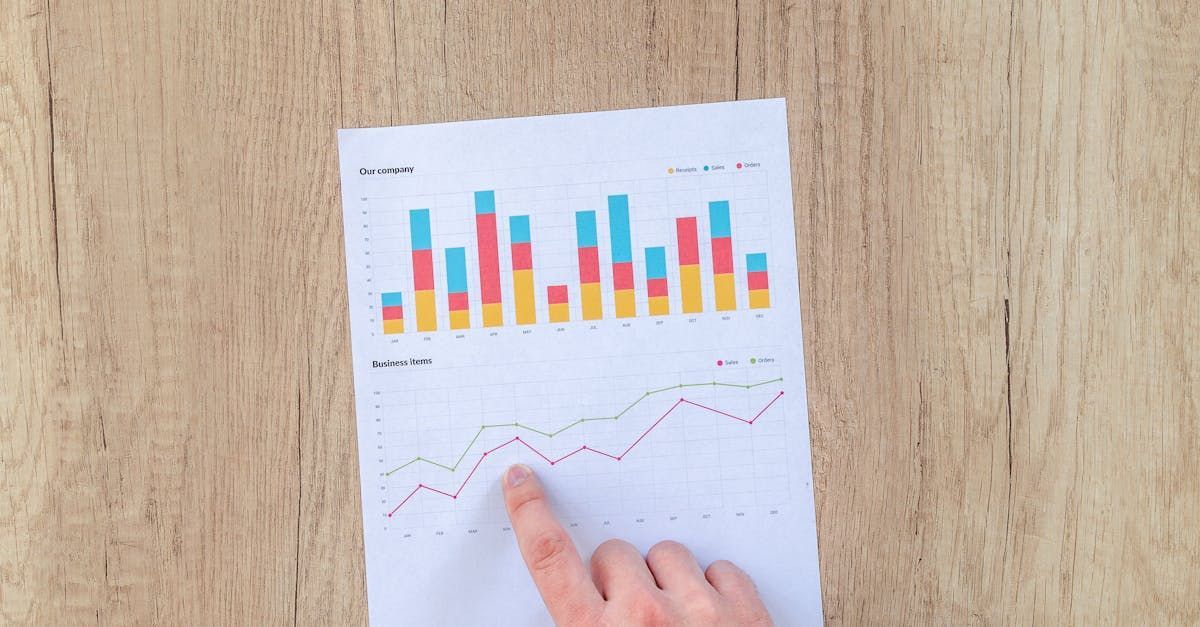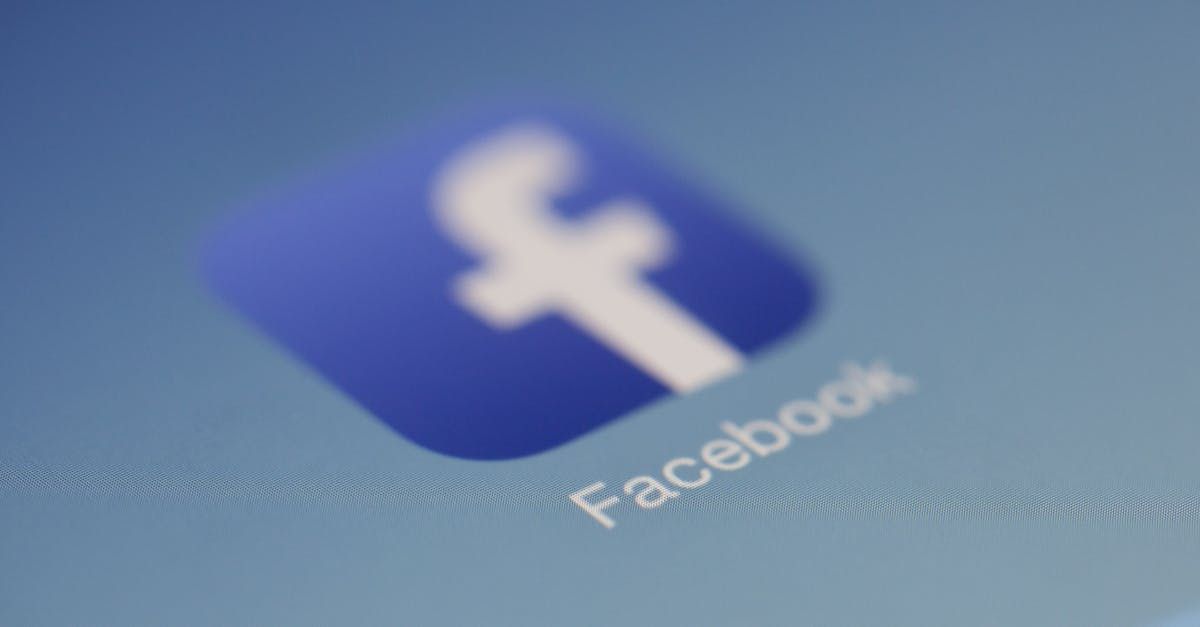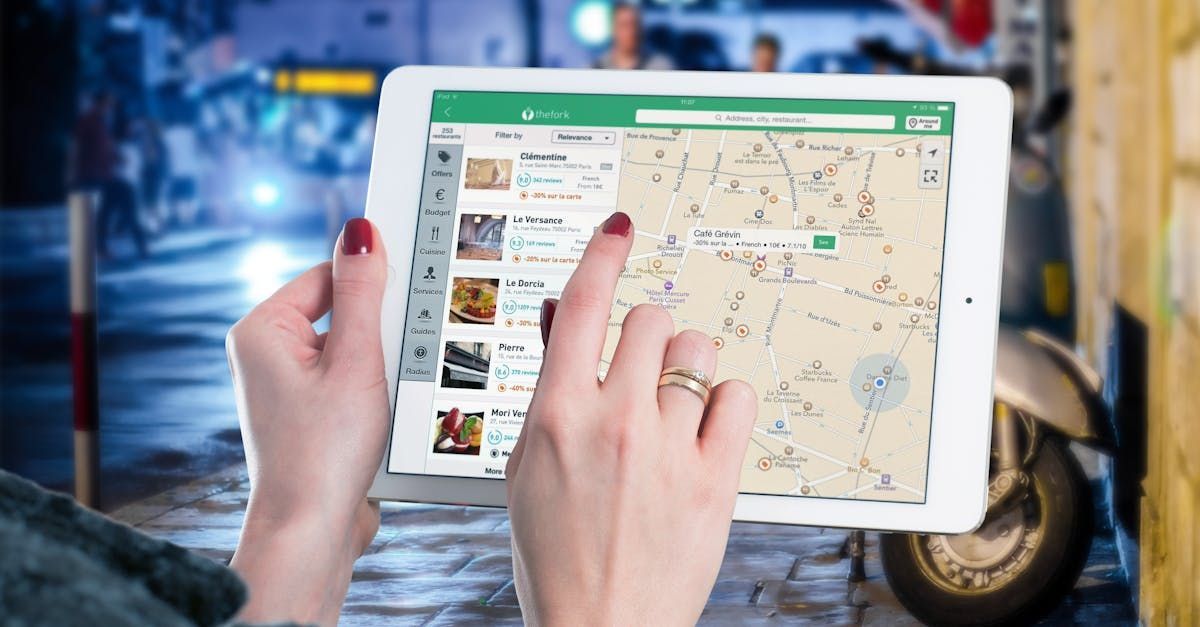How Location Affects CPMs in OOH Ads
Out-of-home (OOH) advertising is a powerful way to reach audiences in the physical world, offering advertisers unique opportunities to engage with consumers where they live, work, and play. However, location is one of the most critical factors determining the effectiveness and cost-efficiency of OOH advertising. The location of an ad significantly influences the Cost Per Mille (CPM), or the cost per 1,000 impressions, a standard metric used to measure advertising costs. In this article, we will explore how location affects CPMs in OOH ads and delve into the factors contributing to these variations.
Understanding CPM in OOH Advertising
CPM, which stands for Cost Per Mille, is a metric used in advertising to calculate the cost of reaching 1,000 impressions or views. It is a crucial measure for advertisers as it helps compare the cost-effectiveness of different advertising channels and strategies. For OOH ads, CPM rates can vary significantly depending on several factors, including location, format, and audience demographics.
How to Calculate CPM
To calculate CPM, you use the formula:

This formula helps advertisers understand how much they spend to reach 1,000 people with their ads.
Factors That Affect CPM in OOH Advertising
Several factors influence CPM costs in OOH advertising, with location being one of the most significant. Here’s how different aspects of location can impact CPM:
1. Urban vs. Rural Areas
One primary location-based factor affecting CPM is whether the ad is placed in an urban or rural area. Urban areas typically have higher CPMs due to the high population density, which means ads receive more impressions. In contrast, rural areas may have lower CPM rates because they offer fewer impressions due to the lower population density. This is similar to how CPM on platforms like YouTube and Facebook Ads can vary depending on the target audience's location and demographic profile.
2. Prime Locations
Ads in prime locations, such as busy city centers, popular shopping districts, and major highways, usually command higher CPMs. These locations offer greater visibility and a higher foot or vehicular traffic volume, increasing potential reach and brand awareness. The high CPM in these areas reflects the premium value of reaching a large and diverse audience.
3. Regional Differences
Regional differences can also affect CPM rates in OOH advertising. For example, CPM costs in major metropolitan areas like New York City or Los Angeles are typically higher than in smaller cities or towns. This is because the advertising costs in larger cities are driven by the high demand for advertising space and the diverse, affluent audience that can be targeted.

4. Target Audience
The specific target audience that an OOH ad aims to reach can also impact CPM. Ads targeting high-income demographics or niche markets often incur higher CPM rates due to the value of reaching a specific, lucrative audience segment. Understanding the target audience's preferences and behaviors can help advertisers optimize their campaigns for better engagement and conversion rates.
5. Seasonal Variations
Seasonal factors can also influence CPMs in OOH advertising. For instance, the demand for advertising space can increase during holiday seasons or major events, leading to higher CPM rates. Advertisers often compete for premium locations during these peak times to maximize their ads' reach and impact.
Comparing OOH CPM with Digital Advertising
OOH advertising is just one part of a larger advertising ecosystem. To understand its relative cost-effectiveness, it’s important to compare its CPM with digital platforms like Facebook Ads and YouTube.
OOH vs. Facebook Ads
Facebook Ads offer highly targeted advertising options with variable CPM rates based on factors like audience demographics, location, and ad placement. While Facebook can deliver precise targeting, OOH advertising provides mass reach and impactful physical presence, making it ideal for building brand awareness.

OOH vs. YouTube
CPM on YouTube varies based on the type of ad (e.g., skippable vs. non-skippable video ads) and the target audience. OOH ads, in contrast, are less interruptive and provide a constant presence in high-traffic areas, ensuring repeated exposure and reinforcing brand messages.
Strategies to Optimize CPM in OOH Advertising
Given the factors affecting CPM, advertisers can adopt several strategies to optimize their OOH advertising campaigns:
1. Strategic Location Selection
Carefully selecting the location of OOH ads is crucial for maximizing reach and minimizing costs. Advertisers should consider locations that align with their target audience's habits and preferences. Conducting thorough market research can help identify high-impact areas that offer a balance between cost and visibility.

2. Creative Design and Messaging
Creating compelling and eye-catching designs can enhance the effectiveness of OOH ads, increasing engagement and reducing the perceived CPM. Well-designed ads that resonate with the target audience can lead to higher conversion rates and better overall campaign performance.
3. Data-Driven Planning
Leveraging data analytics can help advertisers plan and execute OOH campaigns more effectively. By analyzing data on audience demographics, traffic patterns, and competitor activities, advertisers can make informed decisions about where and when to place their ads.
4. Integrating with Digital Campaigns
Integrating OOH advertising with digital campaigns can amplify reach and impact. For instance, using OOH ads to drive traffic to online platforms or encourage social media engagement can create a cohesive brand experience and increase the overall effectiveness of advertising efforts.
5. Monitoring and Optimization
Continuous monitoring of OOH campaigns is essential for optimizing CPM rates. Advertisers should regularly assess the performance of their ads and make adjustments as needed to improve reach and engagement. This proactive approach ensures that advertising costs are managed effectively and campaign goals are met.
Conclusion
Location plays a pivotal role in determining CPMs in OOH advertising. By understanding how factors such as urban vs. rural settings, prime locations, regional differences, target audience, and seasonal variations affect CPM, advertisers can strategically plan their OOH campaigns for maximum impact.
Advertisers can effectively manage CPM costs and enhance their advertising reach by optimizing location selection, leveraging creative designs, and integrating OOH with digital efforts. As the advertising landscape continues to evolve, staying informed about these factors will be crucial for advertisers seeking to maximize the value of their OOH investments.
With a thoughtful approach to location and audience targeting, OOH advertising remains a powerful tool for brands to boost visibility, drive engagement, and achieve their marketing objectives in the dynamic and competitive advertising world.
TALK TO A PRO
We're here to bring your brand to life!
Stay Connected with BrandXR
Create Augmented Reality for Free!
Create, Publish, and Measure 3D Augmented Reality Experiences Without Having to Code.














